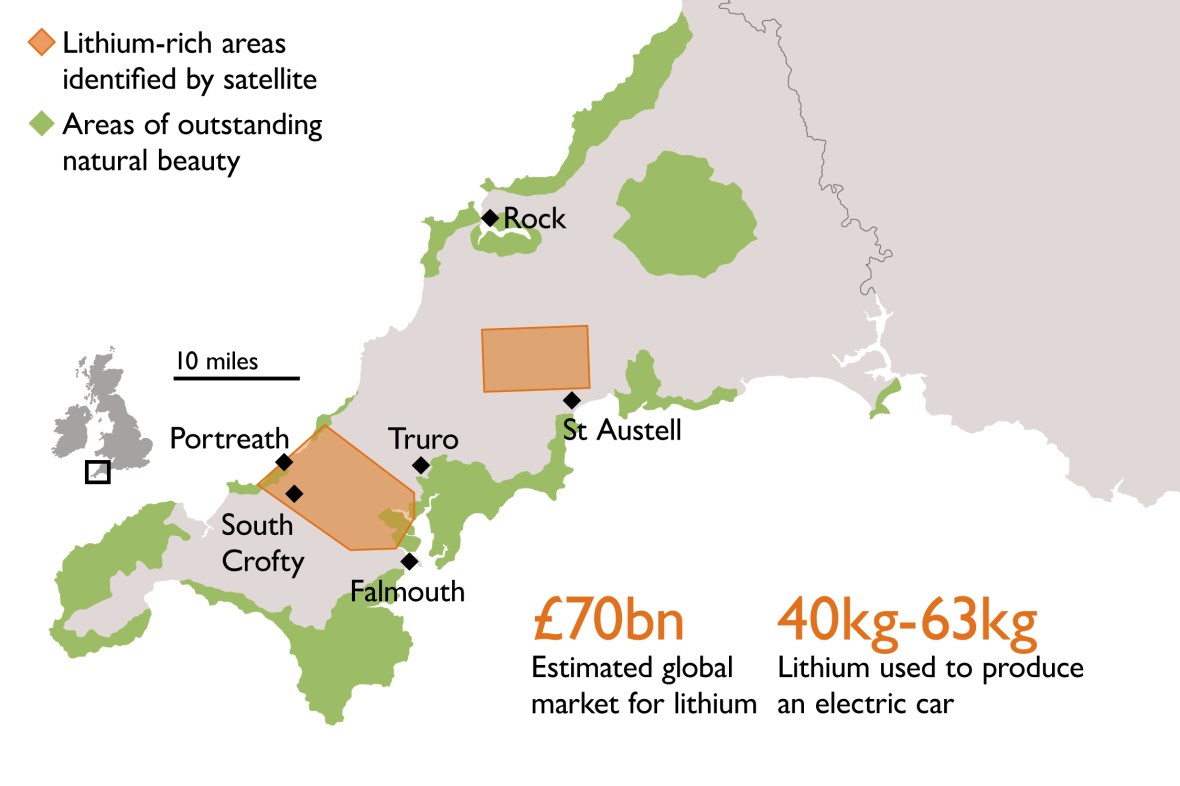Such a no-brainer for a recession-touched country which is largely post-industrial, to invest in a national scheme for this.
Covers school leavers and up, spreads across all regions, and gives back environmental and economic benefits afterwards, plus immediate highly-skilled and worthwhile employment.
It should just begin rolling, nationwide - starting with the major infills we know about (Bristols, Swansea, Didcot and Kettering up to Doncaster/Notts) - and then existing arms of electrified routes (Aberdeen, Holyhead/Llanduds from Crewe/Runcorn, Penzance, Hull and other ECML routes) - and potentially a national scheme of converting third rail.
I'd like to see Ely fixed, and Ely-Peterborough and Norwich wired.

